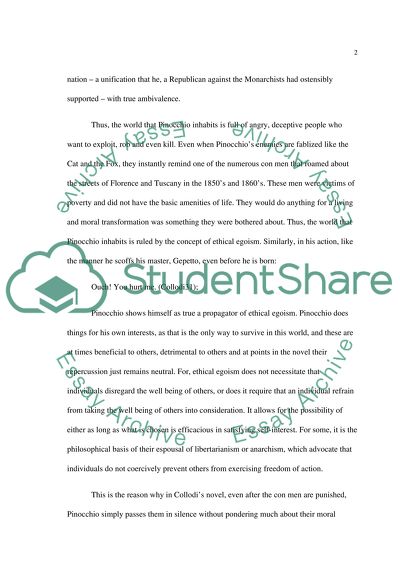Cite this document
(“Fictional Character Book Report/Review Example | Topics and Well Written Essays - 1250 words”, n.d.)
Retrieved from https://studentshare.org/literature/1516230-fictional-character
Retrieved from https://studentshare.org/literature/1516230-fictional-character
(Fictional Character Book Report/Review Example | Topics and Well Written Essays - 1250 Words)
https://studentshare.org/literature/1516230-fictional-character.
https://studentshare.org/literature/1516230-fictional-character.
“Fictional Character Book Report/Review Example | Topics and Well Written Essays - 1250 Words”, n.d. https://studentshare.org/literature/1516230-fictional-character.


